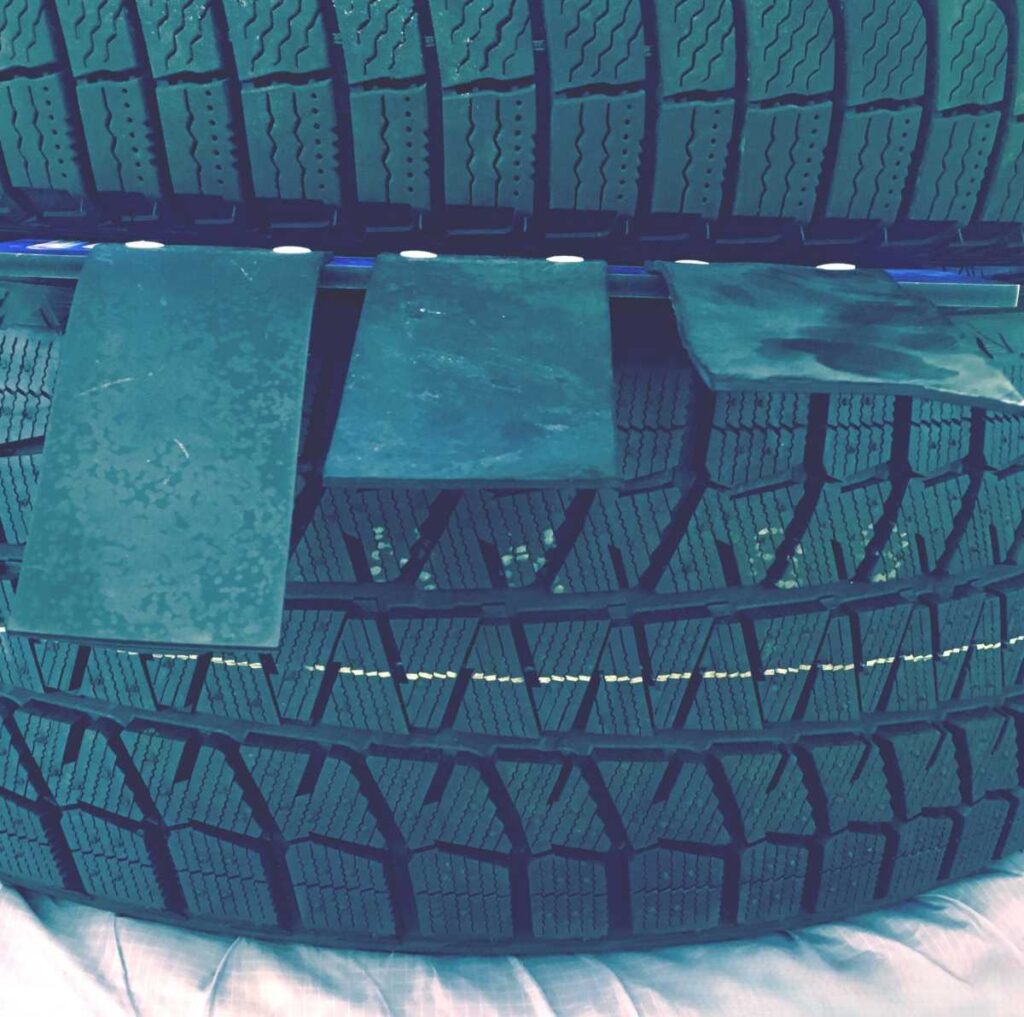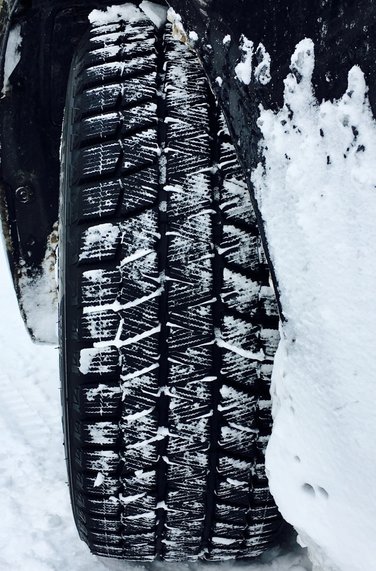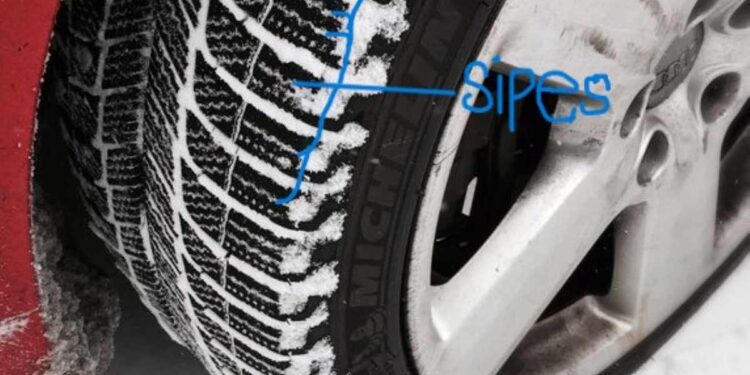If trying to identify what differentiates snow tires from other types of tires, and what permits them to provide high function in the worst winter conditions, most drivers would probably point first to the tire tread.
It’s natural to think that the dramatic tread blocks and unique tread patterns are what permit snow tires to function in similarly dramatic and challenging weather conditions.
However, what’s clear after decades of effective snow tire design is that there is no “eureka” tread design or pattern. Across the range of both current and historical snow tires, various and distinct tread designs are employed.

In fact, while tread blocks and patterns are certainly important to the overall winter grip equation, the real magic of snow tires occurs at both micro and unseen levels.
The unseen level is the snow tire compound, or materials that form the snow tire. We’ll give some love to snow tire compounds in a future post; here we want to focus on the micro level snow tire sipes.
An in depth examination of today’s top snow tires reveals very little to no tread pattern similarity. However, sipes are a ubiquitous design element.
Snow tire sipes are the micro-grooves (our term) that zig zap and slice their way across the tread blocks. Here you can see an abundance of sipes integrated into Bridgestone Blizzak WS80.

It’s estimated that if considered independent of all other snow tire features, sipes provide a 25% snow/ice grip and handling advantage over all season tires.
One function of sipes is to attract winter road surface liquids (ice/slush/water). While most road surface liquid is evacuated via the tire’s tread channels as the tire rotates, not all of it is expelled, and what remains can compromise the overall tire contact patch if it has nowhere to go. The sipes expand as the tire rotates and quite literally vacuum up the surface liquid thus maximizing the tire’s contact patch with the road.
Consider this sipe process happening dozens, if not hundreds of times in synchronization and it’s clear how sipes significantly influence the traction characteristics of snow tires.
Additionally, in snow and ice road conditions the tread blocks flex under load/rotation and the jagged sipes “claw” into the road surface material and provide an additional layer of grip.
Well-designed sipes on modern snow tires also favorably influence grip and handling in severe driving circumstances on dry winter roads. Under threshold braking and hard cornering, for example, the sipes close up and contribute to the rigidity of the tread blocks.
Expertly designed sipes like those seen in the images above are a large part of the reason that snow tires no longer deliver the compromised, loose handling characteristics that they once did.
So while they might not look like much, sipes are a crucial snow tire design element, and one of the primary reasons that snow tires provide such a tremendous winter driving performance advantage.



